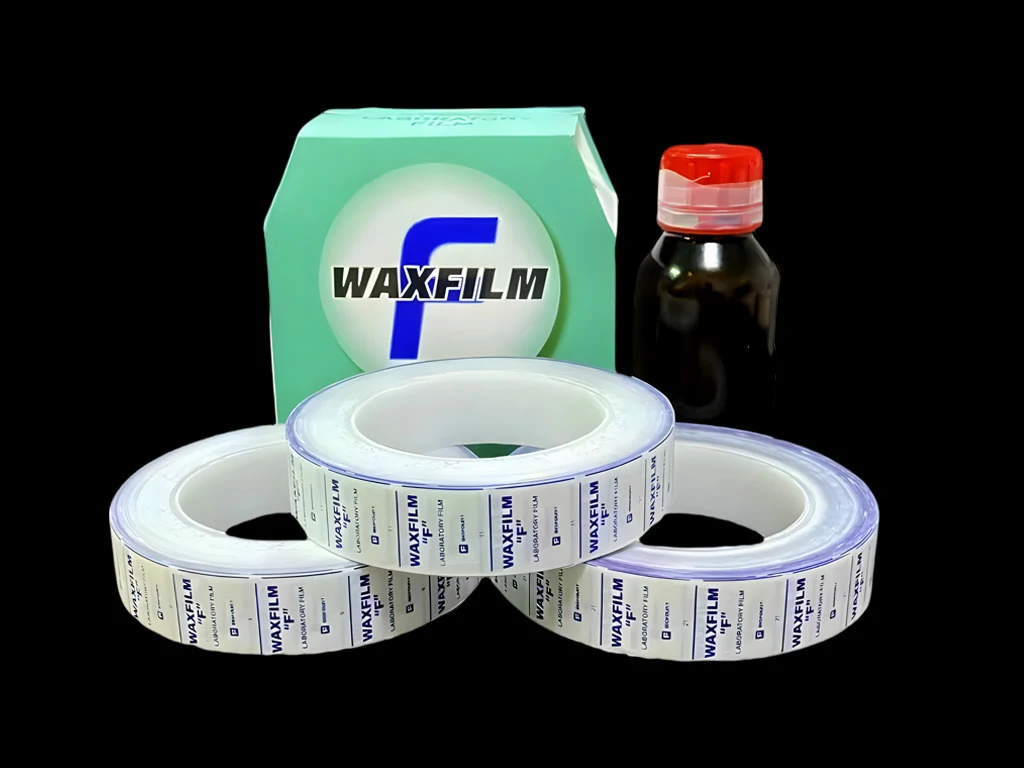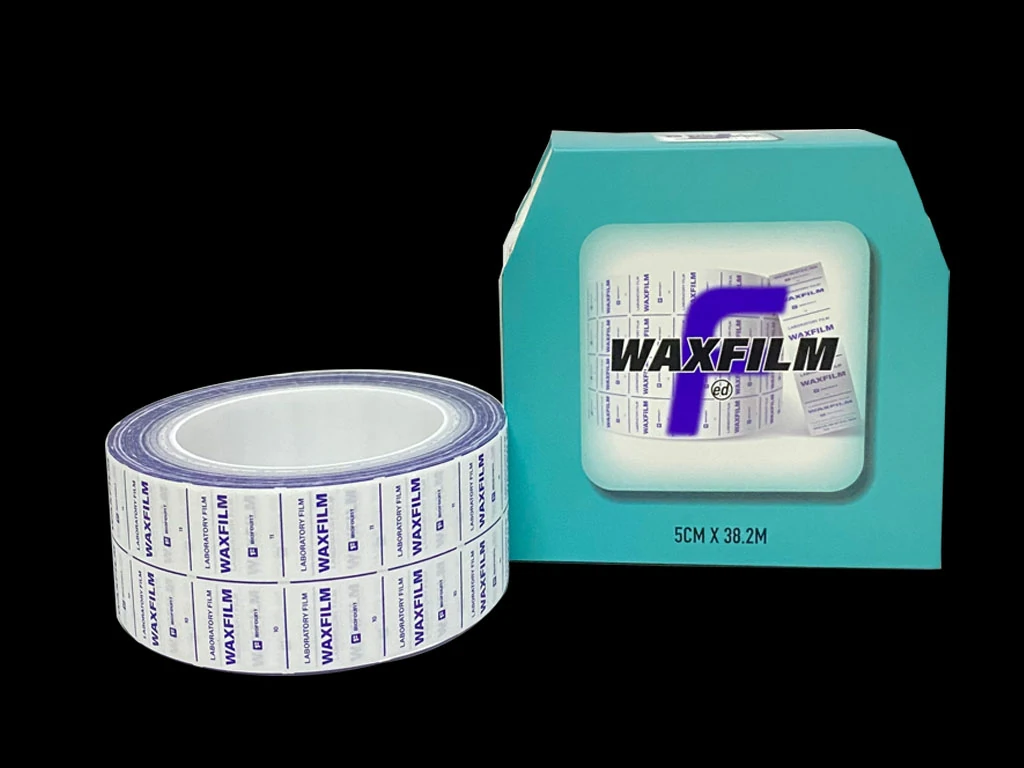Laboratory film
- Home
- Laboratory Fltration
- Laboratory film
PRODUCTS
OUR OFFICES
- NO.12111 JINGSHI ROAD, YAOJIA STREET, LIXIA DISTRICT, JINAN CITY, SHANDONG PROVINCE, P.R. CHINA
- +8615345450999
- vic@huawoenv.com
Send Us A Message
Laboratory film



Features and benefits
- Protect the integrity of research applications with a tight moisture-barrier that holds a strong seal and doesn’t release from glassware, despite off-gassing
- Reduce the risk of tampered data with a covering that is odorless, colorless and semi-transparent
- Prevents moisture and volume loss due to material composition and tight seal
- Flexible and self-sealing material allows it to cling around irregular shapes and surfaces
- Stretches more than 200% of original length
- Resistant up to 48 hours against many polar substances such as saline solutions, inorganic acids and alkaline solutions
Permeability
- Oxygen: (ASTM 1927-98) 150 cc/m² d at 23°C and 50% RH
- Carbon Dioxide: (Modulated IR Method) 1200 cc/m² d at 23°C and 0% RH
- Water Vapor: (ASTM F1249-01)
- Flat: 1 g/m² d at 38°C and 90% RH
- Creased: 1 g/m² d at 38°C and 90% R
Effects of Common Reagents
- Potassium Permanganate
- 5%: No apparent effect except permanent dark brown coloration in 18 hours
- 1%: Same as 5% except slightly less color
- Iodine solution (0.1N)
- No effect except staining brown in 18 hours
- Ethyl Alcohol (95%)
- No apparent effect except some face whitening in 24 hours
- No apparent effect in 24 hours:
- Hydrochloric Acid conc. (12N) dil. (5N)
- Sulphuric Acid conc. (36N) dil. (5N)
- Nitric Acid conc. (16N) dil. (5N)
- Sodium Hydroxide conc. (22%)
- Ammonium Hydroxide conc. (28% NH<sub>3</sub>)
- Salt (NaCl) solution (20%)
- Isopropyl Alcohol (99%)
- Not recommended for use with chlorinated, non-polar aliphatic and aromatic solvents
- Film becomes soft and sticky at about 130° to 150°F (54° to 66°C)
Technical specifications

Application
Efficient and cost-effective covering, over wrap to further secure stoppers, lids, and caps, and shelf or tray liner to prevent slipping of bottles or instruments.
seal the test tube
In the picture, Laboratory Film is used to seal the test tube. By leveraging its self – sealing property, it isolates external contamination, prevents the volatilization and leakage of substances inside the test tube, safeguards the stability and safety of experimental samples, and ensures the accuracy of experimental results.
Plant Grafting
With excellent hydrophobic and breathable properties, it can seal the grafting wounds of plants. This prevents tender buds from being damaged by rain, dust, and fog, helps retain moisture, and avoids the drying – out of young buds.
Scientific Research Experiments
In life science research fields such as molecular biology, cell biology, and immunology, it can be used to seal culture medium test – tubes, narrow – mouthed bottles, culture flasks, petri dishes, etc. This prevents sample volatilization and contamination, maintaining the precision of experiments.

